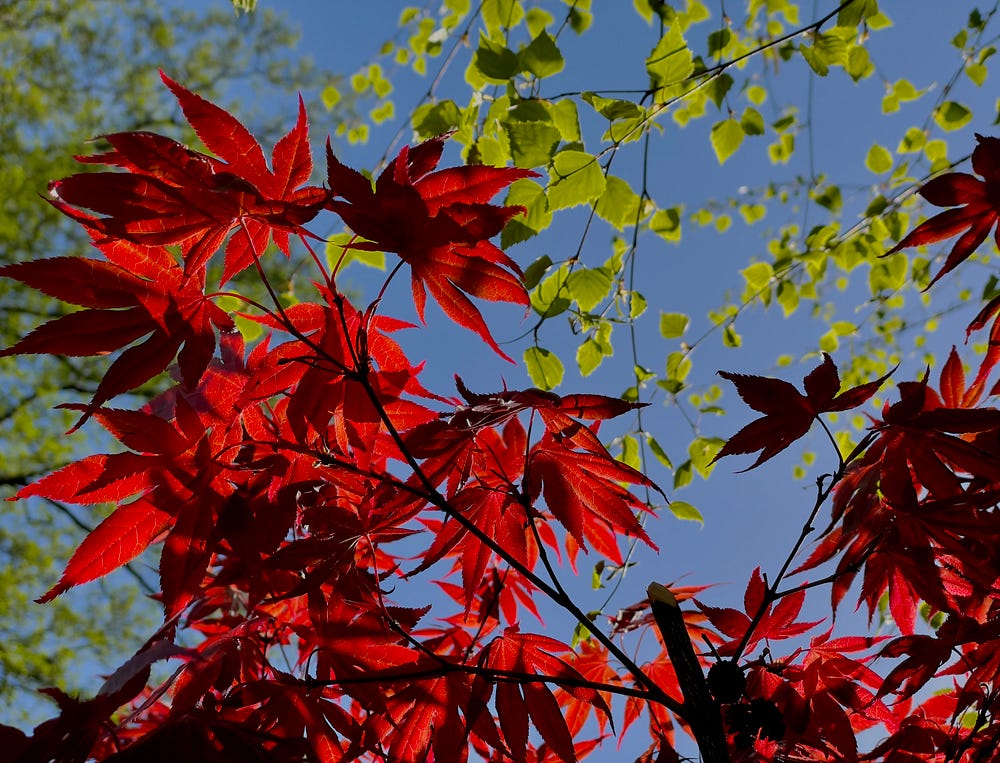The Ultimate Guide to Identifying and Growing an Acer Shirasawanum
Gardening is an immensely rewarding hobby. It allows you to connect with nature and relish in the fruits of your labor. One plant that is becoming increasingly popular among gardeners and landscapers is the Acer Shirasawanum. With its stunning foliage and ability to thrive in various environments, it’s no wonder that this plant has become a star in the gardening world.
In this ultimate guide, we’ll be taking you through everything you need to know about identifying, growing, and caring for an Acer Shirasawanum.

Identification:
The Acer Shirasawanum belongs to the maple family and is also commonly known as the Full Moon Maple. You can quickly identify the Acer Shirasawanum through its leaves. The leaves are typically five- or seven-lobed, and their shape depends on the cultivar. The leaves have a bright green color in the spring, and as the summer progresses, the leaves will develop vibrant hues of orange, red, and yellow. The tree typically grows to 15–20 feet high and 15–20 feet wide.
How to grow and care for Acer Shirasawanum:
The Acer Shirasawanum is a relatively hardy plant and can thrive in various environmental conditions. However, this maple variety does require some basic upkeep. The Acer Shirasawanum requires well-drained soil and should be planted in a spot with full or partial sunlight. It’s essential to keep the soil evenly moist but not waterlogged.
Underwatering or overwatering can both harm your Acer Shirasawanum, so strike a balance between the two. It’s also recommended to fertilize your Acer Shirasawanum once a year in early spring.

Propagation:
The Acer Shirasawanum can be propagated using either softwood cuttings or grafting. Softwood cuttings should be taken in early summer, and the grafting technique should be done in the spring. Propagation can be a bit tricky, so it’s best to watch tutorial videos or consult a gardening expert before attempting it.
Pests and Diseases:
As with all plants, pests, and diseases can pose a threat to your Acer Shirasawanum. Some common issues include aphids, spider mites, and fungi. Regularly inspect your plant for signs of disease and take the necessary precautions to keep your Acer Shirasawanum healthy.

Conclusion:
There you have it — our ultimate guide to identifying and growing an Acer Shirasawanum. With its vibrant color, unique foliage, and ability to thrive in different environments, the Acer Shirasawanum is an excellent choice for any gardener. Remember to follow the necessary care guidelines and pay attention to any signs of pests or diseases. Happy gardening!
